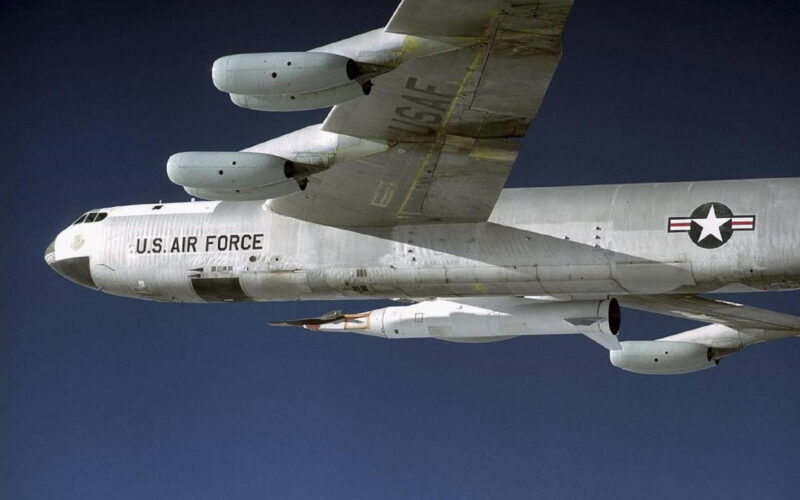Project SCIFiRE
On November 30, 2020, Australia and the United States unveiled the bilateral Southern Cross Integrated Flight Research Experiment program, or SCIFiRE, which aims at developing a new hypersonic cruise missile. The deal had first been discussed during a visit of Australia’s defense minister Linda Reynolds in the United States on July 27, 2020, where she met her then-counterpart, Mark Esper.
The new weapon, a precision strike missile, will be powered by an air-breathing scramjet engine, allowing it to reach Mach 5 speeds. Platforms operated by both Australia and the United States, such as the F/A-18F Super Hornet, the EA-18G Growler, and the F-35A Lightning II, as well as the P-8A Poseidon maritime surveillance aircraft, should be able to employ it.
The Pentagon found there a welcome ally in its technological race to counter other global powers. In the past few years, Russia and China have both fielded their respective hypersonic weapons. “SCIFiRE is a true testament to the enduring friendship and strong partnership between the United States and Australia,” said Michael Kratsios, Acting Under Secretary of Defense for Research and Engineering at the U.S. Department of Defense.
Australia’s motivation is undoubtedly more regional. In the words of the Australian defense ministry, the SCIFiRE is meant to help “deter aggression against Australia’s interests”. “We will continue to invest in advanced capabilities to give the Australian Defence Force more options,” Reynolds said in a statement. In its 2020 Strategic Defense Report, the Australian government allocated $ 7.7 billion (AU$9.3 billion) for its high-speed long-range missile and defense missile programs.
Regardless of the scope, the United States and Australia have common competitors in this race: China and Russia.
Hypersonic deterrence in the Pacific
Following the joint announcement of the SCIFiRE, Chinese Foreign Ministry spokeswoman Hua Chunying qualified the news as “concerning”. Beijing argues that the United States influenced Australia into adopting the narrative of “Chinese and Russian threats” to justify a military expansion. “We urge Australia to objectively assess its own security interests, and to do more to build mutual trust among countries in the region, and facilitate regional security and stability,” Hua concluded.
Yet China is no stranger to the use of hypersonic weapons as a show of force in the Pacific waters. In August 2020, the country broadcasted a live firing of the DF-21 hypersonic anti-ship missile in the contested region of the South China Sea. “This is China’s response to the potential risks brought by the increasingly frequent incoming US warplanes and military vessels in the South China Sea,” a Chinese military source commented to the South Morning China Post at the time.
While further away from Australia’s zone of interests, Russia remains a non-negligible actor in the Pacific. In July 2020, a squadron of modernized Mikoyan Gurevich MiG-31BM heavy interceptors was deployed on the Kamchatka Peninsula, at the easternmost point of Russia bordering the Pacific Ocean. The aircraft, tasked with controlling the airspace in the increasingly contested region, are capable of employing the Kh-47M2 Kinzhal, Russia’s own hypersonic (and nuclear-capable) hypersonic platform.

